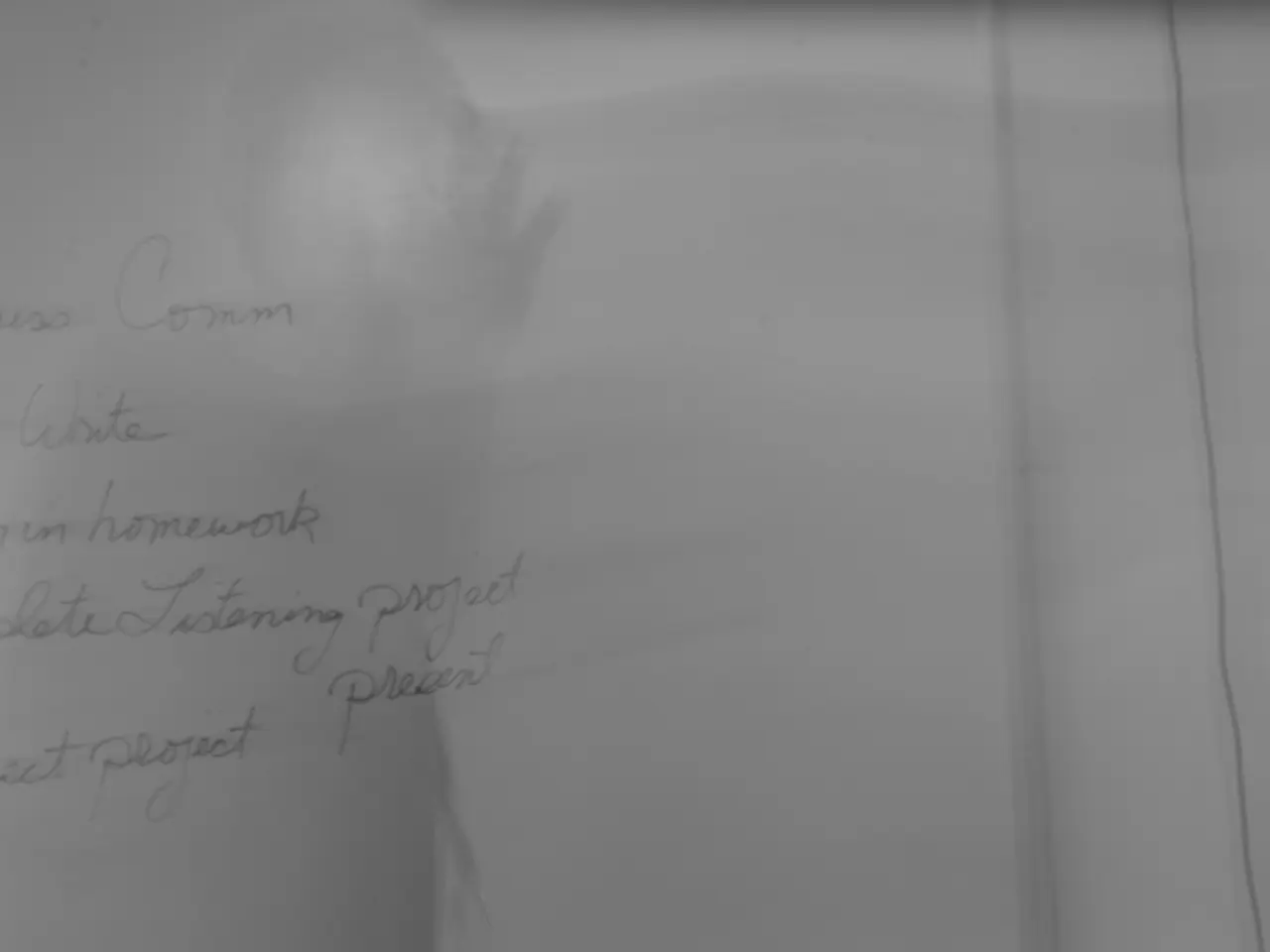Exploring Patent Changes: Influence on Invention and Legal Landscape
In a world where innovation knows no borders, international patent reforms are shaping the future of global intellectual property protection. The aim is to enhance the effectiveness of patent laws, fostering innovation while providing adequate protection for inventors.
Enhancing International Collaboration
Coordinated efforts between countries are underway to synchronize patent laws and practices, promoting consistency in cross-border patent enforcement and reducing jurisdictional conflicts. Harmonization helps streamline global patent processing and supports innovation diffusion among countries.
Adapting to Digital Innovation
As technology evolves, patent systems are adapting to address the complexities introduced by emerging technologies, particularly AI and digital inventions. Discussions at the World Intellectual Property Organization (WIPO) highlight challenges such as whether AI can be recognized as an inventor, how to protect AI-generated inventions, and managing rights related to algorithms and training data.
Balancing Protection with Accessibility
Policymakers are striving to ensure that patent protections incentivize innovation without unduly restricting access to critical technologies. Notably, there is growing pressure, as seen in contexts such as pharmaceuticals, for patent holders to share patented technologies to address urgent public health needs, signaling a trend toward more flexible approaches to patent rights in socially important areas.
Simplifying Application Procedures and Promoting Collaboration
Patent reforms encourage research and development by simplifying application procedures, offering incentives for research in underfunded areas, and promoting collaboration among academic institutions, startups, and industry leaders.
A Historical Perspective
The Venetian Patent Statute of 1474, one of the earliest forms of patent protection, established the principle of granting exclusive rights to inventors. In the United States, the Patent Act of 1790 laid the groundwork for a system intended to stimulate innovation while providing inventors with legal protections.
Key Milestones in Patent Reforms
The Leahy-Smith America Invents Act (AIA) of 2011 represented a landmark overhaul of the patent system in the United States, shifting from a "first-to-invent" to a "first-to-file" system. Singapore implemented a comprehensive review of its patent system in 2004, introducing more streamlined processes and clearer guidelines for patents, contributing to a significant increase in patent applications.
The Role of Stakeholders
Stakeholders, including inventors, businesses, legal professionals, policymakers, and consumers, play a crucial role in shaping effective patent laws that address the needs of innovation while promoting a balanced patent system.
Harmonization of Patent Laws
Harmonization of patent laws is a key component of international collaboration in patent reforms, creating uniform standards globally. Various international treaties, such as the Paris Convention for the Protection of Industrial Property established in 1883, have contributed to modern patent reforms worldwide.
The Future of Patent Reforms
Effective patent reforms can create a dynamic cycle of innovation, motivating increased investment in new technologies as stakeholders feel secure in the knowledge that their intellectual property rights are upheld. Future directions for patent reforms will increasingly focus on creating adaptive systems that respond to rapid technological advancements, such as artificial intelligence, biotechnology, and digital platforms.
By adapting to technological changes, laws can better promote innovation while ensuring that inventors receive appropriate protections, encouraging investment in research and development. Enhancing international cooperation in patent regulation can facilitate smoother access to innovations and improve enforcement mechanisms, spurring global collaboration.
In conclusion, future patent reforms focus on strengthening international cooperation, adapting legal frameworks to digital and AI-driven innovation, and carefully balancing strong patent protection with public accessibility and fair use to foster innovation globally while addressing societal challenges.
Read also:
- AI Inspection Company, Zeitview, Secures $60 Million Funding for Expansion
- Future of Payments: If the U.S. regulates stablecoins through the GENIUS Act, according to Matt Hougan
- Ongoing trade friction as the American administration levies fresh import taxes on goods arriving from China
- High-Performance McLaren Automobile: McLaren Speedtail




